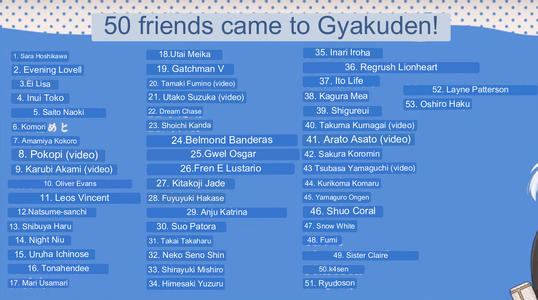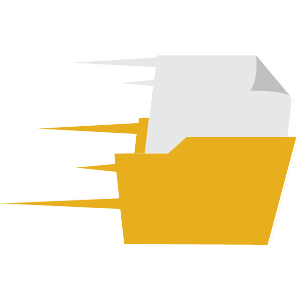1. I would say day-to-day Japanese is about 1750 or so. English speakers who have graduated (a real) University have a working knowledge of about 20,000 words. And I agree, it's matters as a link to their culture (granted, kanji was borrowed from China, but we borrowed our alphabet from latin and Greek). It's why we still stick with spellings from the 1500s in English today.
2. Children's books will have spaces in them (I bought a sort-of Mother Goose storybook - but Japanese folk tales, like the Farting Bride (yes, that's real) and the Crane story) but Kanji are what readers use to break sentences into components, they are the "spaces". I would find it weird to see spaces in Japanese.
Romaji definitely is a crutch, but if you are gonna start with it (and I would get rid of it as soon as you master kana), you should not use Hepburn as it doesn't work well with sound changes in a row (ta chi tsu te to vs. ta ti tu te to).
And Ebonics doesn't count as a second language.




